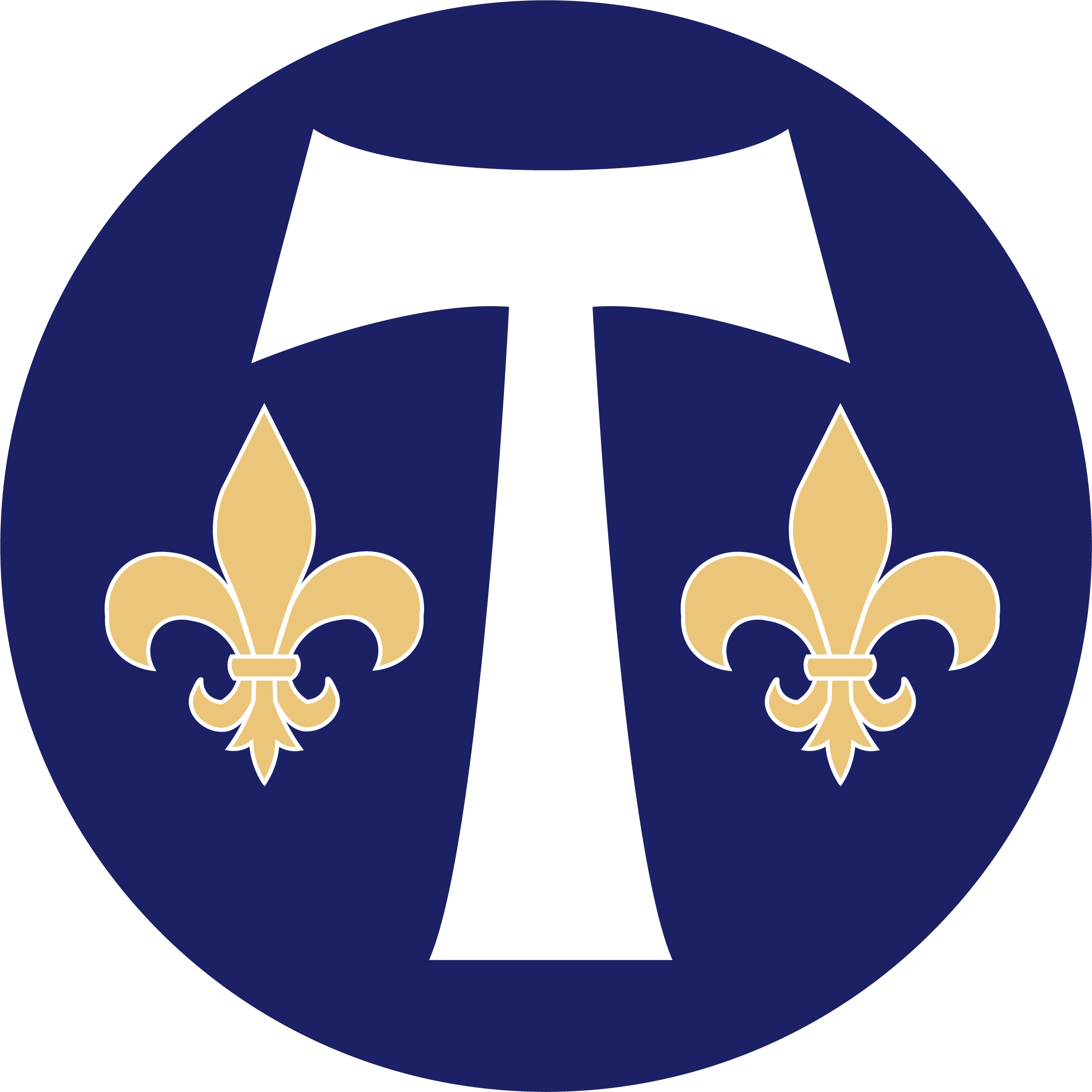
Holy Orders
In the Church there are two different kinds of priesthood which “differ from one another in essence and not only in degree” (Vatican II, Dogmatic Constitution on the Church, 10). They are not two levels of priesthood, but are really different kinds of priesthood.
First, there are those who belong to the priesthood of the faithful (also called laity). Indeed, all Catholics share in the priesthood of Christ through their baptism into his death and resurrection.
However, secondly, there are men who are called by God to serve as a representative of Christ to the People of God and for the People of God in the Person of Christ Himself. These are the men who have received the sacrament of Holy Orders.
At the Last Supper Jesus had given these men the office of the priesthood also called Holy Orders.
“The ministerial priest, by the sacred power he enjoys, teaches and rules the priestly people; acting in the person of Christ, he makes present the Eucharistic sacrifice, and offers it to God in the name of all the people” (Vatican II, Dogmatic Constitution on the Church, 10)
Priests offer their entire lives in service and speak the words of absolution to forgive sins in the sacrament of confession.
Holy Orders describes the sacrament which has three degrees: bishop, priest, and deacon. The fullness of Holy Orders rests in the office of bishop. Consecration as a bishop makes him a real and legitimate successor of the apostles. Priests are ordained to serve the entire Church and like the bishop exercise this ministry through the forgiveness of sins. Deacons are ordained either transitionally (as part of the path to priestly ordination) or permanently to serve at the altar and exercise the ministry of the word (preaching and teaching). They also take on specific efforts of charity, service to the sick, and pastoral care. Deacons are not ordained to forgive sins (except in the administration of Baptism) and so they cannot confect the Eucharist, hear confessions, or anoint the sick.
Priests offer sacrifice. That is their job: to be a mediator between God and man by offering sacrifice. This is very clear in the Old Covenant where the sacrifice offered is the blood of animals. In the New Covenant, Christ, the Lamb of God “entered once for all into the Holy Place, taking not the blood of goats and calves but his own blood” (Hebrews 9:12). The revelation of the Cross of Christ is that true love is sacrificial love. In this way Christ has offered an acceptable sacrifice to God the Father making it possible for the sacrifices of the faithful to participate in his one saving sacrifice.
With such a “powerful means of salvation, all the faithful, whatever their condition or state, are called by the Lord, each in his own way, to that perfect holiness whereby the Father Himself is perfect” (Vatican II, Dogmatic Constitution on the Church, 11). On our own our sacrifices have no power to save, but Christ made them powerful. The laity especially are given the great gift of the Holy Eucharist through the words and at the hands of the priest at Mass. Our participation in Mass is important because “it is necessary that the faithful come to it with proper dispositions… that they cooperate with heavenly grace lest they receive it in vain” (Vatican II, Constitution on the Sacred Liturgy, 11).
The Mass then is the source of life for the Catholic Christian. It is our hope for heaven and the source of our strength and union with God here on earth. As Pope Benedict XVI recently wrote:
“The Eucharist, since it embraces the concrete, everyday existence of the believer, makes possible, day by day, the progressive transfiguration of all those called by grace to reflect the image of the Son of God.” (Sacramentum Caritatis, 71)


